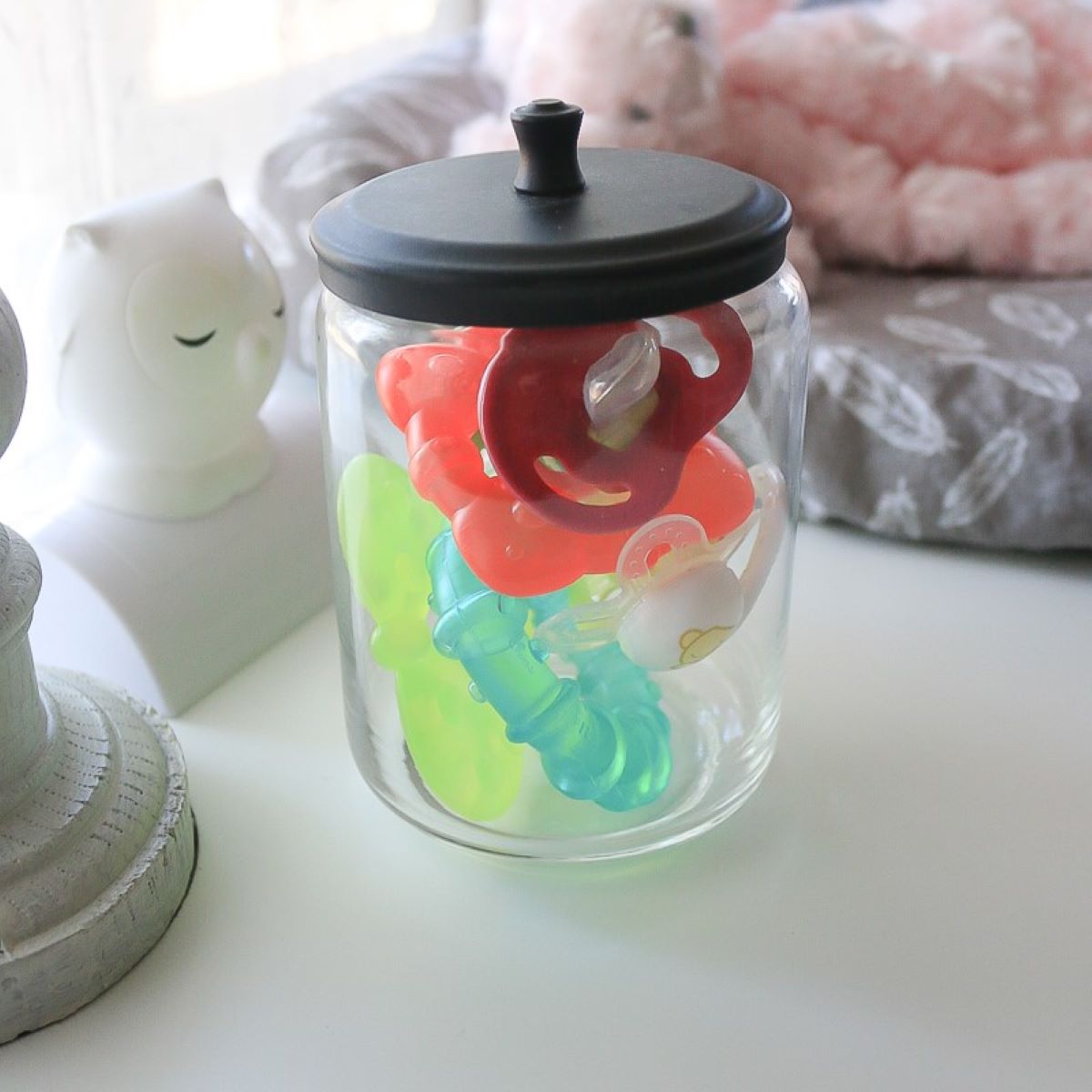

Articles
How To Store Pacifiers
Modified: August 28, 2024
Discover the best articles on how to store pacifiers and keep them clean and organized. Learn practical tips and tricks to ensure your baby's pacifiers are always within reach and germ-free.
(Many of the links in this article redirect to a specific reviewed product. Your purchase of these products through affiliate links helps to generate commission for Storables.com, at no extra cost. Learn more)
Introduction
Welcome to our comprehensive guide on how to store pacifiers! If you’re a parent or caregiver, you know how essential pacifiers can be in soothing and comforting babies. But what may often be overlooked is the importance of proper pacifier storage. Storing pacifiers correctly not only helps ensure their hygiene but also extends their lifespan. Plus, it gives you peace of mind knowing that you’re providing your little one with a safe and clean pacifier every time.
In this article, we’ll cover the significance of proper pacifier storage and share common mistakes to avoid. We’ll also provide you with valuable tips on how to store pacifiers effectively, including sterilization methods and various storage options. So, let’s dive in and discover the best practices for pacifier storage!
Key Takeaways:
- Proper pacifier storage is crucial for maintaining cleanliness, extending lifespan, and preventing contamination. Implementing good habits ensures a safe and comfortable experience for your little one.
- Consider portable pacifier storage for convenience, hygiene, and organization. Choose from cases, pouches, wallets, or clips to keep pacifiers clean and easily accessible on the go.
Read more: How To Store Store-Bought Bread
Why Proper Pacifier Storage is Important
Proper pacifier storage is vital for several reasons. First and foremost, it helps maintain the cleanliness and hygiene of the pacifiers. Babies have delicate immune systems, and they are prone to infections and illnesses. By storing pacifiers correctly, you can minimize the risk of exposing your little one to harmful bacteria, germs, and dirt.
Secondly, proper storage ensures the durability and longevity of pacifiers. Pacifiers are often made of silicone or rubber materials, which can deteriorate over time if not stored properly. Exposure to heat, moisture, and sunlight can accelerate this deterioration process, resulting in a pacifier that may need to be replaced more frequently. By storing pacifiers correctly, you can extend their lifespan and save money in the long run.
Another important reason for proper pacifier storage is to prevent pacifier contamination. Pacifiers can easily attract dirt, dust, and other particles if left exposed or stored improperly. These contaminants can introduce harmful substances to your baby’s mouth, leading to potential health issues or allergic reactions. By storing pacifiers in a hygienic manner, you reduce the risk of contamination and ensure a safe and healthy experience for your little one.
Additionally, proper pacifier storage promotes organization and convenience. As a parent or caregiver, having a designated place for pacifiers helps you locate them quickly when needed. It eliminates the hassle of searching through drawers or bags, especially during those moments when your baby is in need of immediate soothing. By implementing an effective pacifier storage system, you can streamline your daily routines and provide the comfort your baby desires with ease.
Overall, proper pacifier storage is crucial for maintaining cleanliness, extending the lifespan of pacifiers, preventing contamination, and promoting convenience. By following the best practices for pacifier storage, you can keep your little one happy, healthy, and comfortable.
Common Mistakes to Avoid
When it comes to storing pacifiers, there are several common mistakes that parents and caregivers should be aware of in order to ensure the safety and cleanliness of the pacifiers. Let’s take a look at these mistakes and learn how to avoid them:
- Leaving pacifiers out in the open: One of the most common mistakes is leaving pacifiers lying around without proper protection. This exposes them to dust, dirt, and bacteria, increasing the risk of contamination. Always store pacifiers in a clean and covered container.
- Forgetting to clean pacifiers regularly: Regular cleaning is essential to maintain pacifiers’ hygiene. Many parents overlook this step and allow bacteria to accumulate on the pacifiers, putting their baby’s health at risk. Always clean pacifiers after each use to prevent the buildup of germs.
- Using improper cleaning techniques: Using harsh chemicals or abrasive materials to clean pacifiers can damage them and make them unsafe for use. Stick to gentle cleaning methods, such as using mild soap and warm water, or following the manufacturer’s instructions.
- Storing pacifiers near chemicals or cleaning agents: Store pacifiers away from any chemical substances or cleaning agents that may emit strong odors or leave residues on the pacifiers. These chemicals can be harmful to babies if ingested.
- Not inspecting pacifiers for damage: Before storing pacifiers, always inspect them for any signs of damage or wear and tear, such as cracks, tears, or loose parts. Damaged pacifiers should be immediately discarded to avoid potential choking hazards.
- Not rotating pacifiers regularly: Pacifiers can be used frequently, and it’s important to rotate them regularly to ensure proper distribution and usage. This helps to prevent overuse of specific pacifiers and allows them to be cleaned and sterilized regularly.
- Sharing pacifiers between babies: Although it may seem convenient, sharing pacifiers between babies is not advisable. Each baby has their own oral flora and sharing pacifiers can lead to the transmission of bacteria or viruses. It’s best to use separate pacifiers for each child.
By avoiding these common mistakes, you can ensure that the pacifiers your baby uses are clean, safe, and in good condition. These practices contribute to a healthy and hygienic environment for your little one.
Tips for Storing Pacifiers
Now that we understand the importance of proper pacifier storage and the common mistakes to avoid, let’s explore some helpful tips for effectively storing pacifiers:
- Designate a specific storage container: Invest in a dedicated pacifier storage container to keep all your pacifiers in one place. This can be a small, lidded box, a pouch, or a specially-designed pacifier case.
- Clean pacifiers before storing: Before placing pacifiers in the storage container, ensure they are properly cleaned and dried. Cleaning them according to the manufacturer’s instructions or using mild soap and warm water will help eliminate any bacteria or dirt.
- Keep pacifiers covered: Ensure that the storage container has a lid or closure mechanism to keep pacifiers protected from dust, dirt, and other contaminants. This also prevents them from being exposed to air, which can lead to faster deterioration.
- Avoid storing pacifiers near heat sources: Heat sources such as radiators, heaters, or direct sunlight can damage pacifiers. Store them in a cool and dry place, away from any potential heat sources.
- Store pacifiers away from pets: Pets can be curious and may be tempted to chew or play with pacifiers. Store them in a location that is out of reach from pets to prevent any accidents or contamination.
- Regularly inspect pacifiers: Periodically check your pacifiers for any signs of wear and tear, such as cracks, tears, or loose parts. Replace any damaged pacifiers immediately.
- Consider a pacifier clip: If you frequently take your baby out or travel, consider using a pacifier clip. These clips attach to your baby’s clothing and keep the pacifier within easy reach and off the ground.
- Purge unused or expired pacifiers: If your baby has outgrown certain pacifiers or they have expired, it’s time to let go. Purge these pacifiers from your storage to make space for new ones and ensure you only have safe and appropriate options.
By following these tips, you can establish an efficient and hygienic pacifier storage routine. Remember, clean and well-stored pacifiers ensure the health, comfort, and safety of your little one.
Store pacifiers in a clean, dry container to keep them free from dust and germs. Make sure to wash and sanitize them regularly to maintain cleanliness.
Option 1: Sterilization and Storage
If you prefer to sterilize your baby’s pacifiers before storing them, here are the steps to follow:
- Step 1: Sterilizing Pacifiers
- Boiling: Place the pacifiers in a pot of boiling water and let them boil for about 5 minutes. Remove them from the water and let them cool before storing.
- Steam Sterilizer: Use an electric steam sterilizer, following the manufacturer’s instructions. This method provides a quick and efficient way to sterilize your pacifiers.
- Microwave Sterilizer: Place the pacifiers in a microwave sterilizer with water as directed. Microwave for the specified time and then carefully remove them, allowing them to cool before storage.
- Sterilizing Tablets or Solution: Some brands offer sterilizing tablets or solution specifically designed for pacifiers. Follow the instructions provided by the manufacturer to effectively sterilize the pacifiers.
- Step 2: Proper Storage Techniques
- Allow pacifiers to dry completely: After sterilization, place the pacifiers on a clean cloth or paper towel to air dry completely. It’s important that no moisture remains on the pacifiers before storing them.
- Use a clean and lidded container: Place the pacifiers inside a clean storage container with a tight-fitting lid. This will help keep them free from dust, dirt, and potential contaminants.
- Label and date the container: If you have multiple pacifiers or different sizes, consider labeling the container to easily identify and locate the pacifiers you need. Additionally, noting the date of sterilization can help ensure you use the pacifiers within the recommended time frame.
Before sterilization, ensure that the pacifiers are clean. You can wash them with mild soap and warm water or use a pacifier cleaning solution.
There are various methods of sterilizing pacifiers:
After sterilizing the pacifiers, it’s important to store them correctly:
By following these steps, you can sterilize and store pacifiers effectively, providing your baby with a clean and safe pacifier when needed.
Read more: How To Store Basil From Grocery Store
Option 2: Cleaning and Storage
If you prefer not to sterilize your baby’s pacifiers but still want to ensure their cleanliness, follow these steps for cleaning and proper storage:
- Step 1: Cleaning Pacifiers
- Step 2: Proper Storage Techniques
- Allow pacifiers to dry completely: After cleaning, place the pacifiers on a clean cloth or paper towel and let them air dry completely. Make sure there is no moisture left on the pacifiers before storing.
- Use a clean and lidded container: Place the pacifiers inside a clean storage container with a tight-fitting lid. This will help protect them from dust, dirt, and potential contaminants.
- Choose a storage location: Select a storage location that is cool, dry, and away from direct sunlight. Avoid areas with high humidity or fluctuating temperatures as they can promote the growth of bacteria or cause pacifiers to degrade more quickly.
- Label and organize the container: If you have multiple pacifiers or different sizes, consider labeling the container to easily identify and locate the pacifiers you need. You can also organize them based on age or use to ensure the most convenient retrieval.
Start by washing the pacifiers with mild soap and warm water. Use a clean sponge or brush to gently scrub the pacifiers, paying attention to all the crevices. Rinse them thoroughly to remove any soap residue.
Alternatively, you can use a pacifier cleaning solution specifically designed for sanitizing pacifiers. Follow the instructions provided by the manufacturer to ensure effective cleaning.
After cleaning the pacifiers, it’s important to store them correctly:
By following these steps, you can clean and store pacifiers effectively, providing your baby with a hygienic and safe option whenever needed.
Option 3: Portable Pacifier Storage
If you’re always on the go or enjoy the convenience of having pacifiers readily available, portable pacifier storage is a great option. Here’s why it’s beneficial and some recommended portable pacifier storage products:
- Benefits of Portable Storage
- Convenience: Portable pacifier storage allows you to have pacifiers easily accessible wherever you go. Whether you’re running errands or traveling, you can quickly grab a pacifier when your little one needs soothing.
- Hygiene: Using portable storage helps keep pacifiers clean and protected from outside elements. It prevents them from coming into contact with dirt, germs, and other contaminants when stored in a bag or purse.
- Organization: Portable pacifier storage products often come in compact designs with specific storage compartments for each pacifier. This ensures that pacifiers stay organized and easily retrievable, saving you time and effort.
- Prevention of loss or damage: Portable storage products come with closures or attachments that help secure the pacifiers in place. This minimizes the risk of losing pacifiers or them getting damaged when tossed around in a bag or purse.
- Recommended Portable Pacifier Storage Products
- Pacifier Cases: These are small, sturdy cases designed specifically for storing pacifiers. They come in various designs, such as ones that can be attached to diaper bags or strollers for easy access.
- Pacifier Pouches: Compact and lightweight, these fabric pouches provide a clean and convenient storage solution for pacifiers. They often come with a loop or handle, allowing you to hang them on bags or strollers.
- Pacifier Wallets: These multi-purpose wallets feature dedicated compartments for pacifier storage along with extra pockets for essentials like wipes or teething toys.
- Pacifier Clips: These handy accessories not only keep pacifiers within reach but also prevent them from falling to the ground. Pacifier clips typically attach to clothing or stroller handles, ensuring easy access wherever you are.
Portable pacifier storage offers several advantages for busy parents and caregivers:
Here are some popular portable pacifier storage products that you may consider:
By utilizing portable pacifier storage, you can enjoy the benefits of convenience, hygiene, organization, and peace of mind when it comes to your baby’s pacifiers. Choose a portable storage option that suits your needs and lifestyle for a hassle-free experience.
Conclusion
Proper pacifier storage is essential for maintaining the cleanliness and safety of these soothing devices for your baby. By following the guidelines and tips covered in this article, you can ensure that your baby’s pacifiers remain hygienic, durable, and readily available when needed.
We explored three different options for pacifier storage: sterilization and storage, cleaning and storage, and portable pacifier storage. Each option has its own benefits, and you can choose the one that best fits your lifestyle and preferences. Whether you opt for sterilizing and storing pacifiers, cleaning and storing them, or using portable storage options, the key is to implement good habits and practices to keep your little one’s pacifiers clean and safe.
Remember to avoid common mistakes, such as leaving pacifiers out in the open, forgetting to clean them regularly, or storing them near chemicals. Instead, designate a specific storage container, allow pacifiers to dry completely before storing, and keep them covered to protect them from contaminants.
If you prefer portable pacifier storage, you can enjoy the convenience, hygiene, organization, and peace of mind it offers. Consider using pacifier cases, pouches, wallets, or clips to keep pacifiers within reach and protected wherever you go.
By prioritizing proper pacifier storage, you not only ensure the safety and cleanliness of your baby’s pacifiers but also contribute to their overall well-being. So, implement these storage techniques and enjoy the peace of mind knowing that you are providing your little one with the best and most hygienic pacifier experience.
Frequently Asked Questions about How To Store Pacifiers
Was this page helpful?
At Storables.com, we guarantee accurate and reliable information. Our content, validated by Expert Board Contributors, is crafted following stringent Editorial Policies. We're committed to providing you with well-researched, expert-backed insights for all your informational needs.
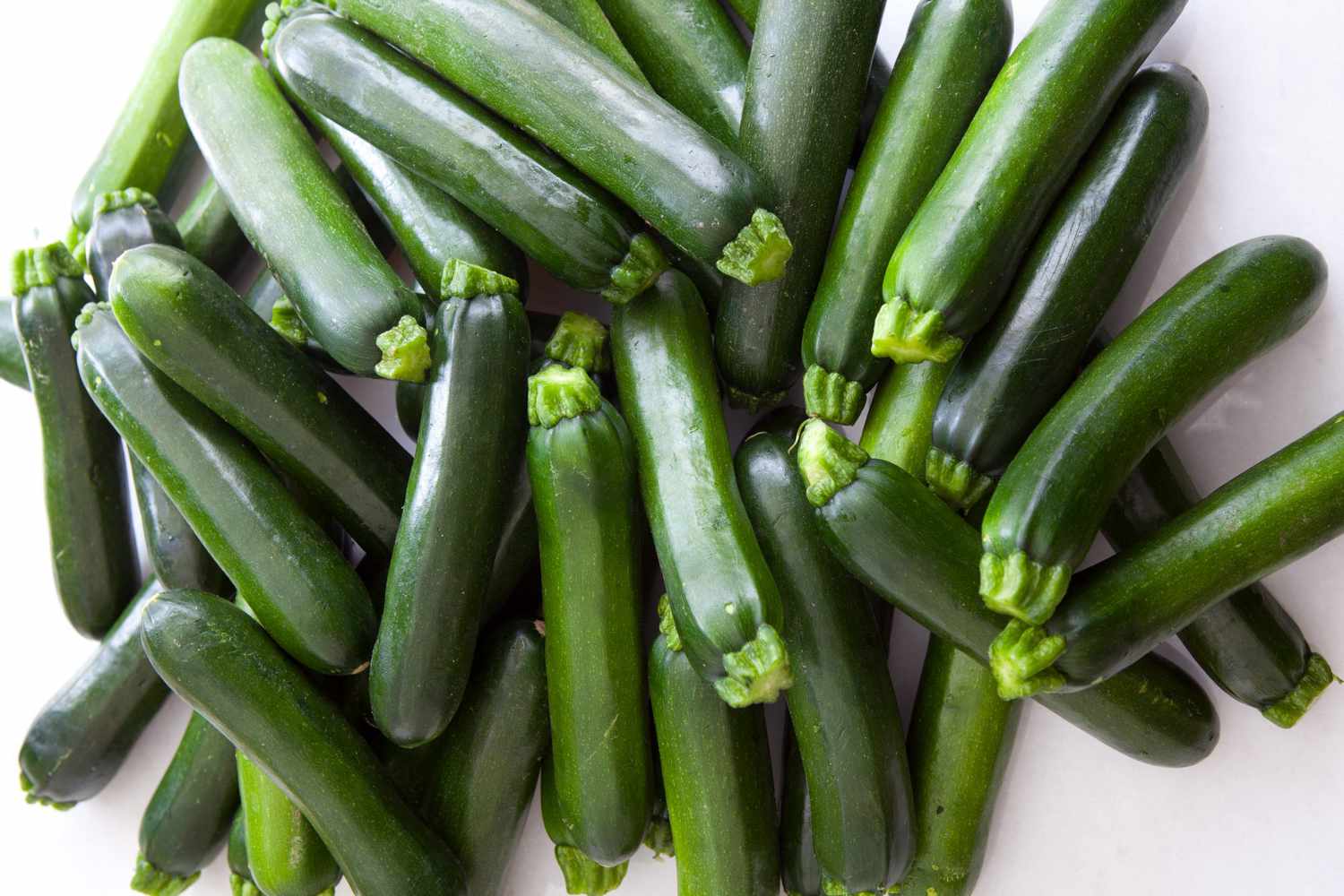

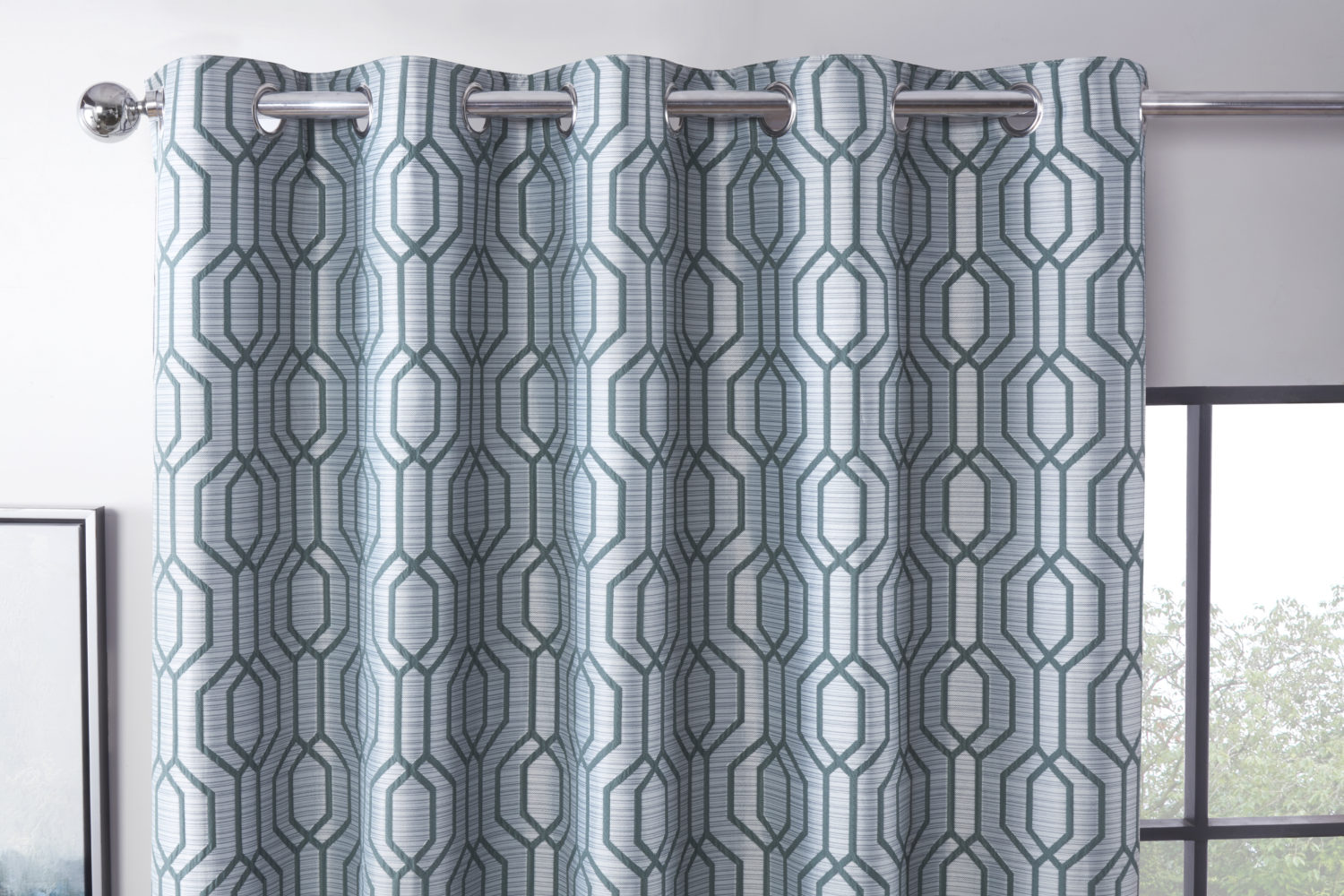
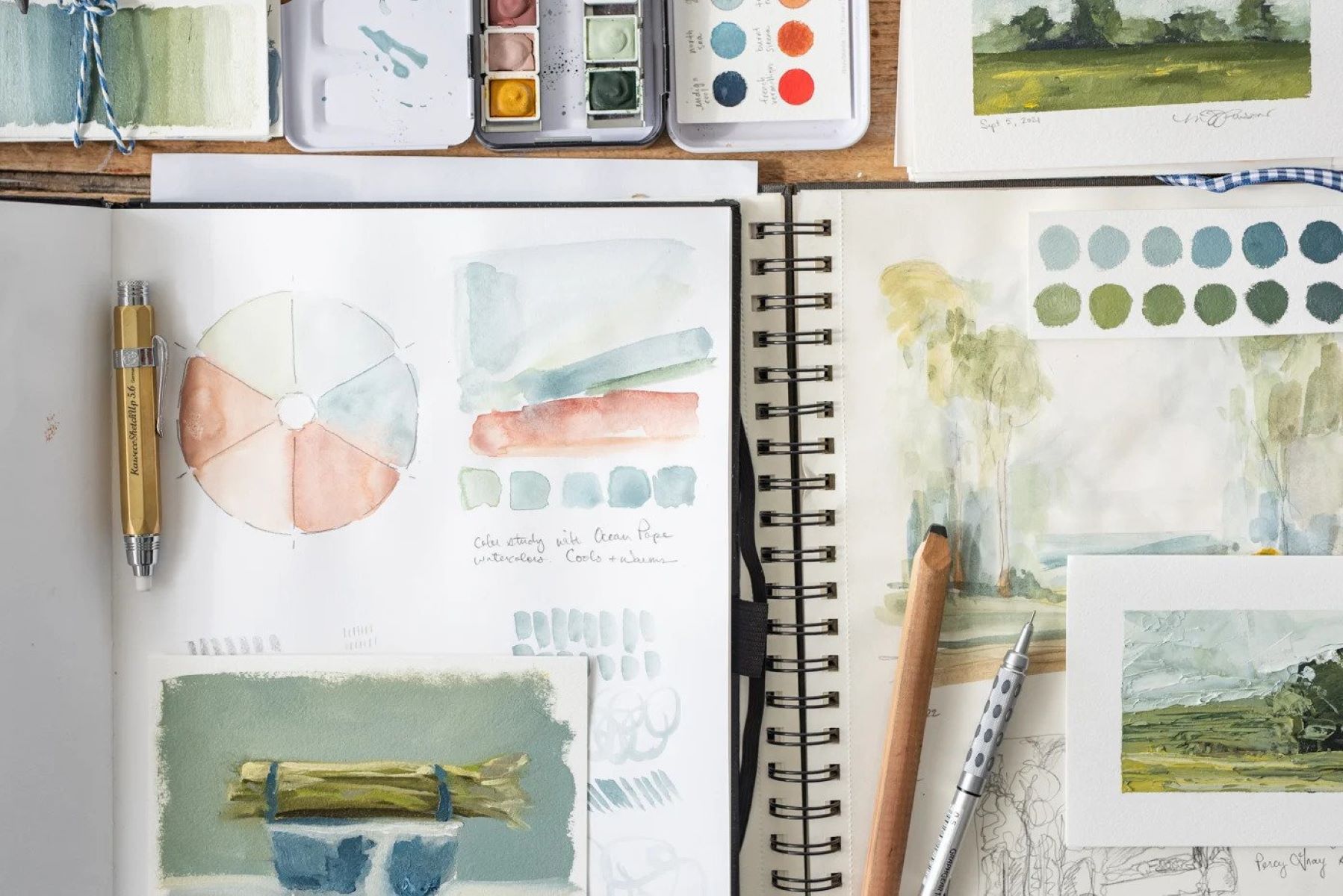
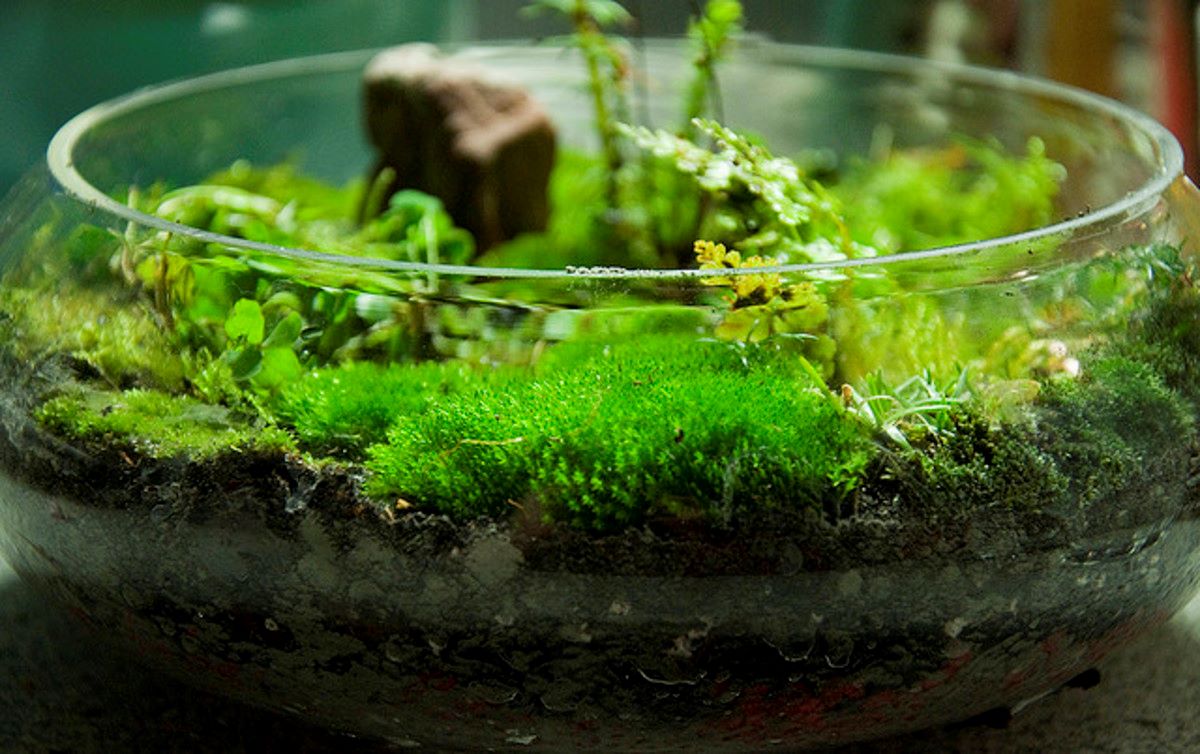
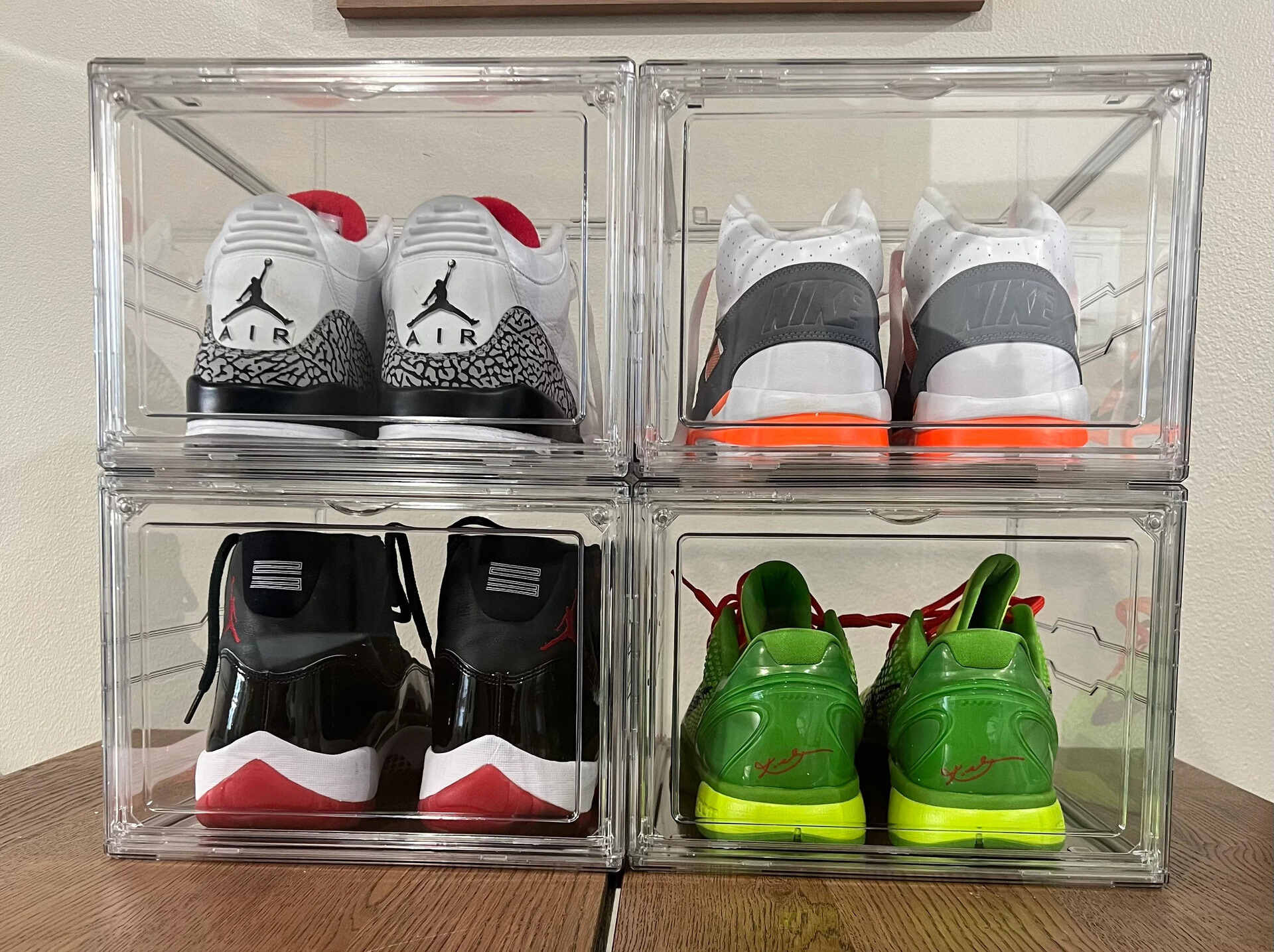
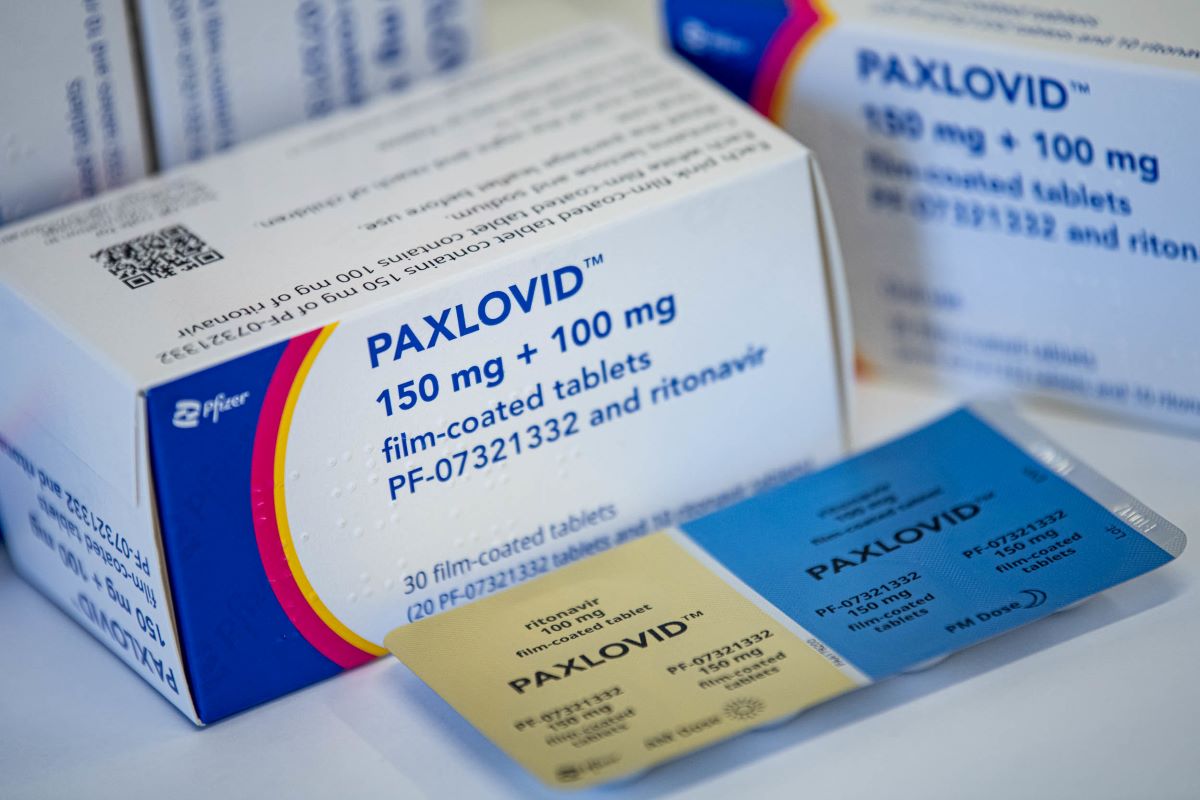
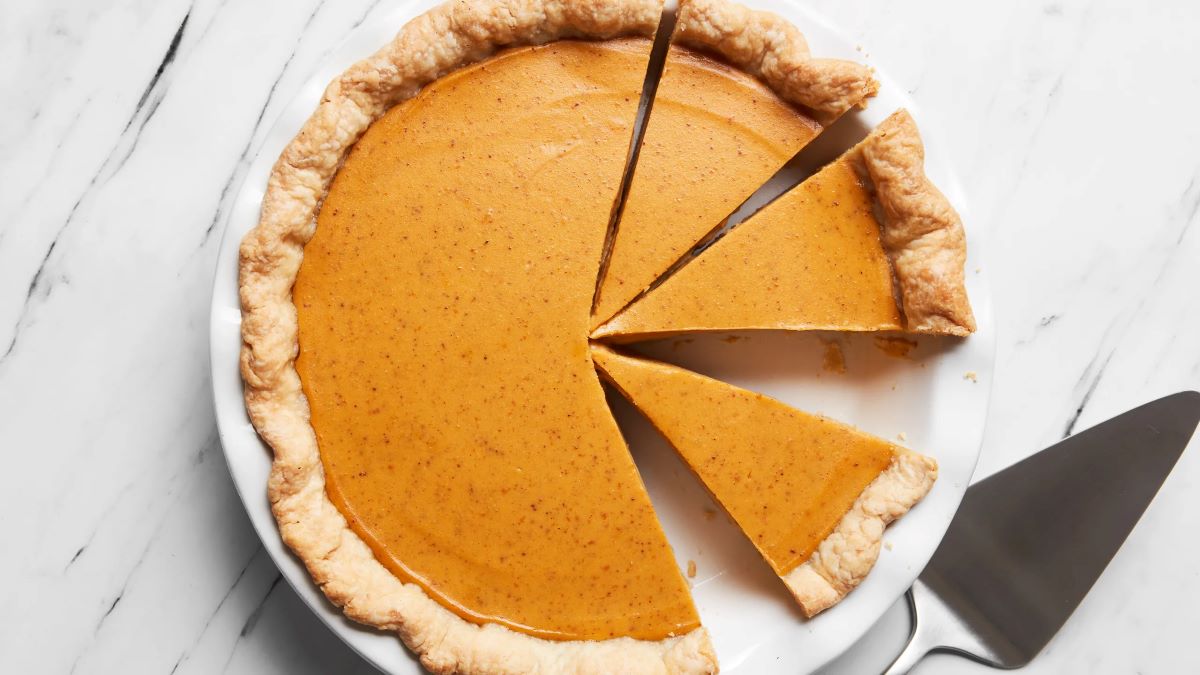
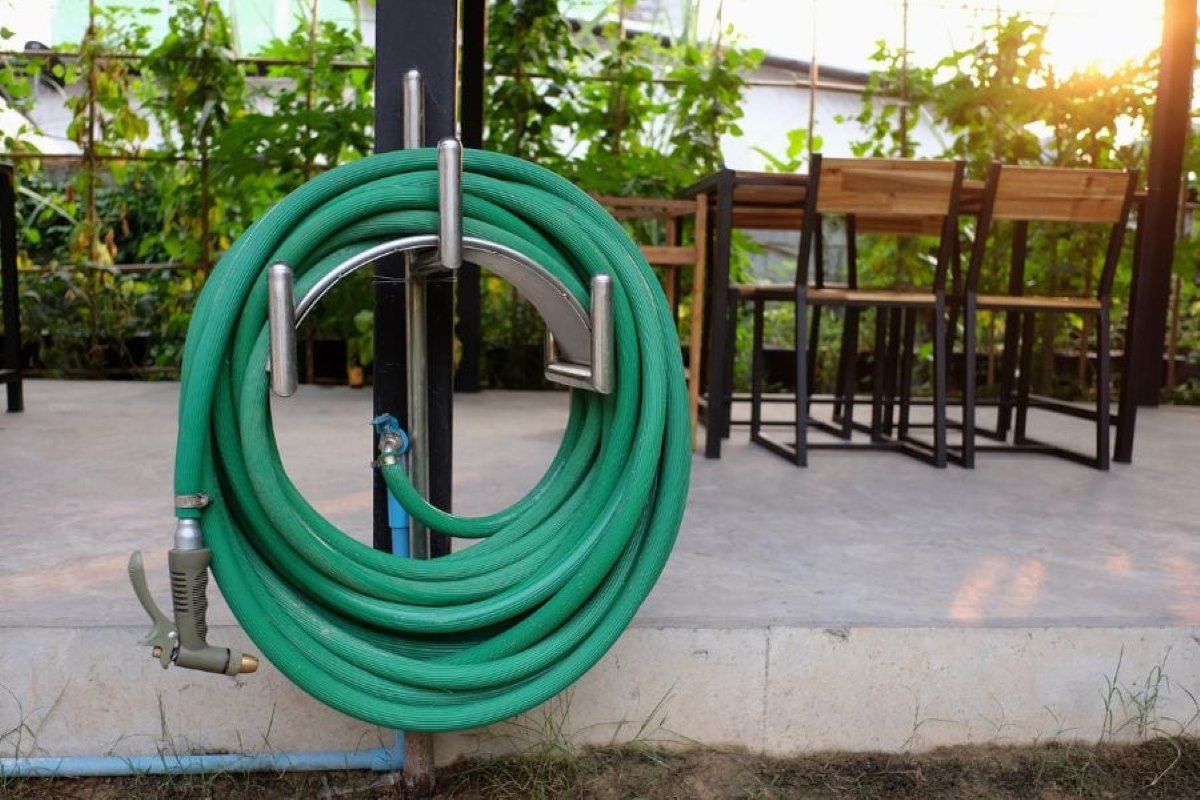
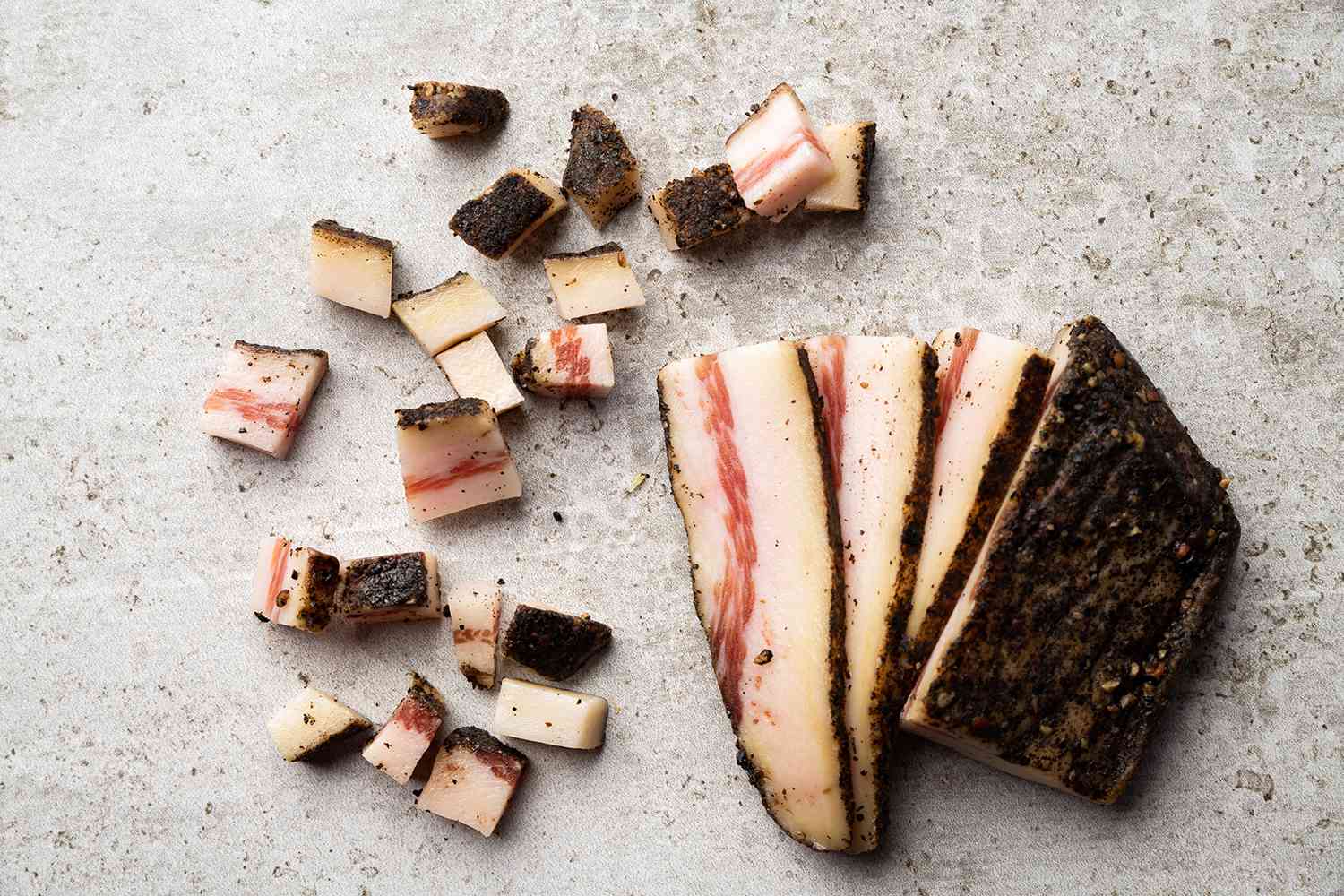

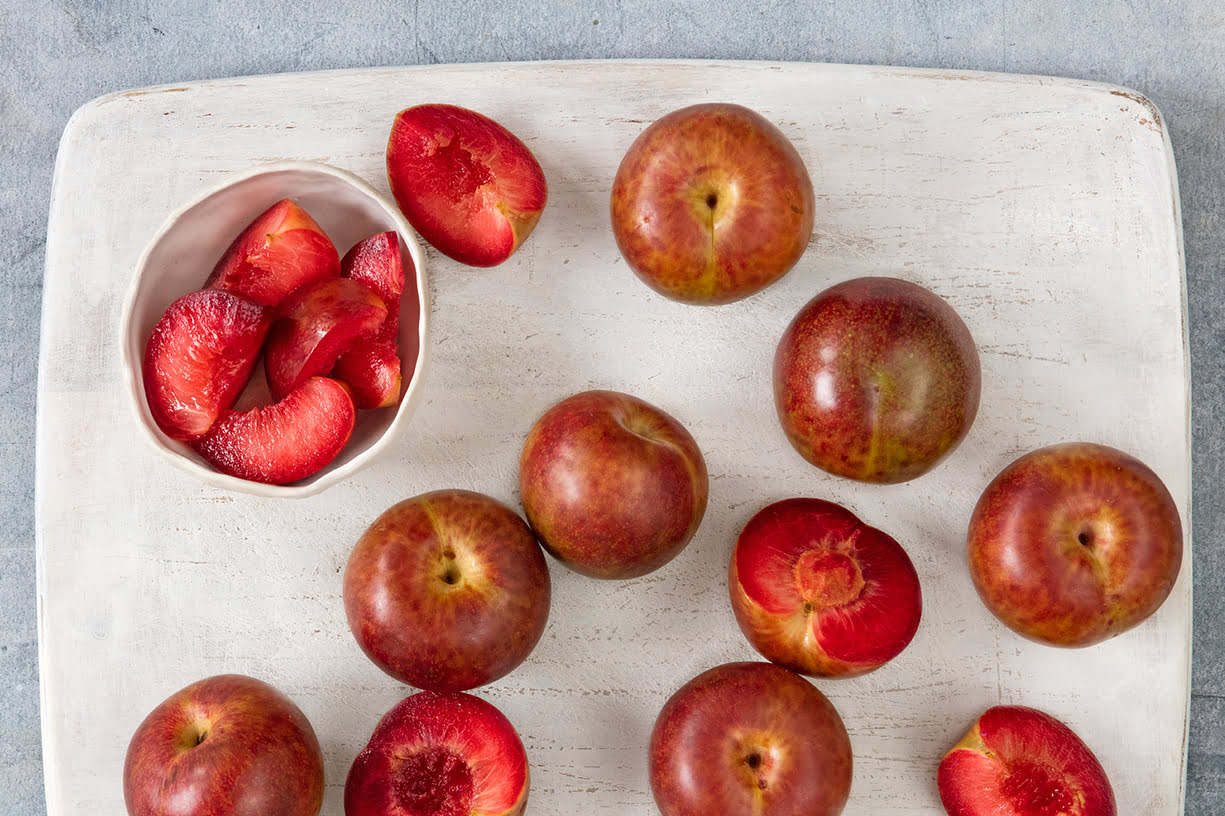

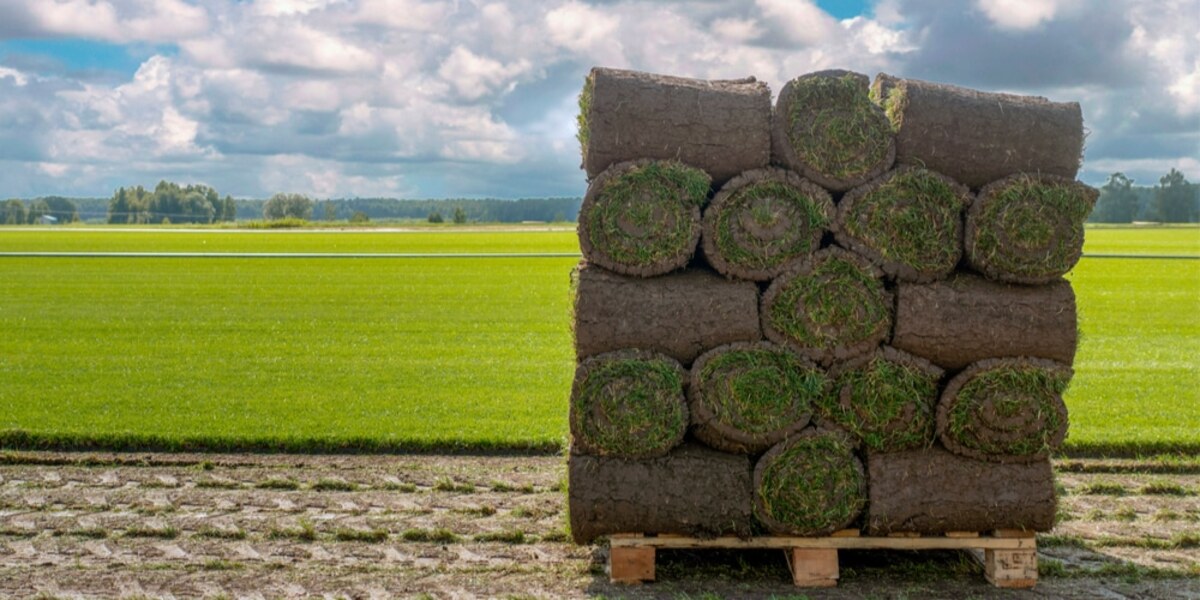

0 thoughts on “How To Store Pacifiers”